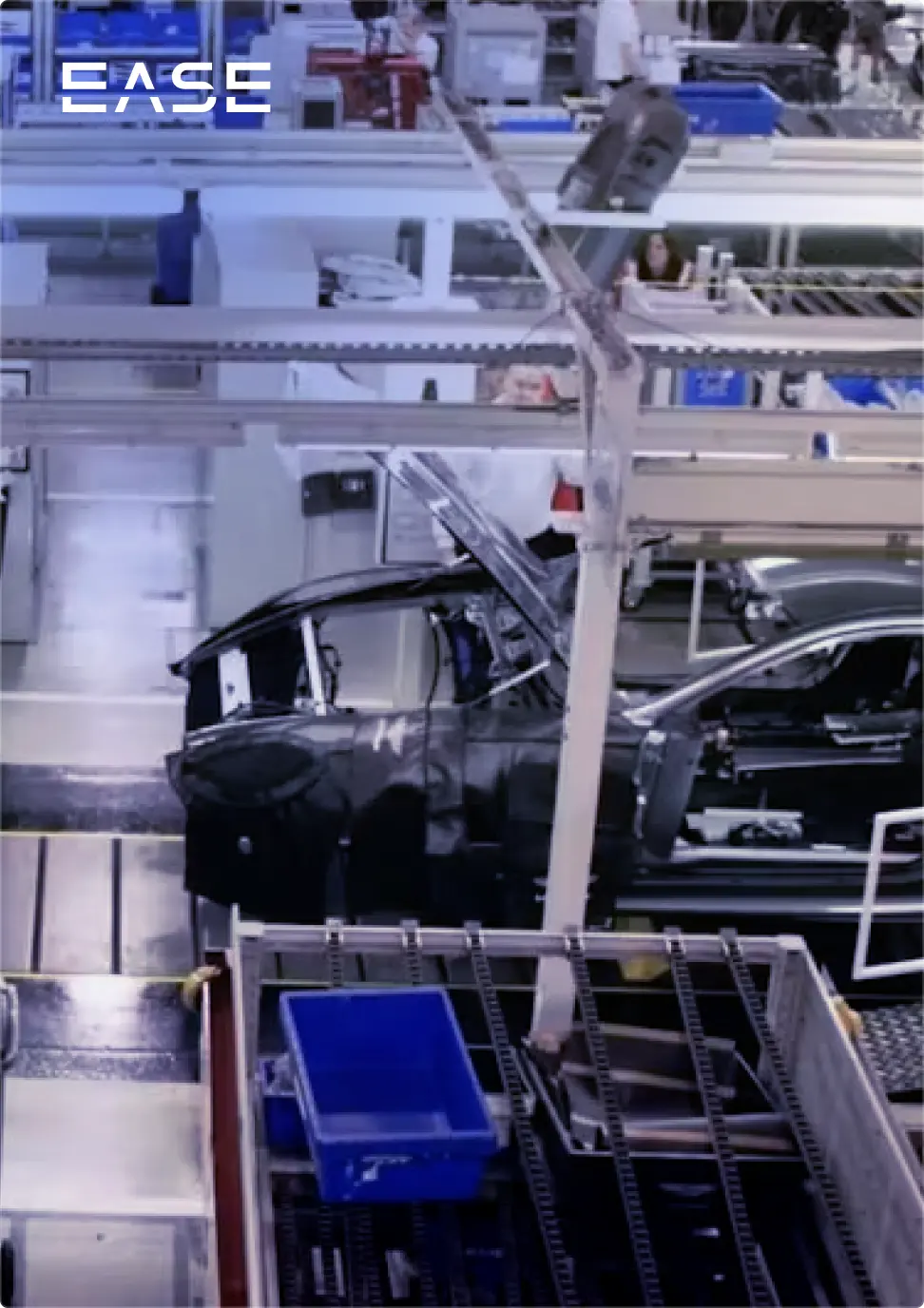Supply Chain Challenges Make Reducing Scrap Mission-Critical


From computer chips to lumber to metals and even chlorine for pools, pandemic-related shortages are rampant due to supply chain disruption as industry scrambles to respond to shifting consumer behavior.
Then there are crises like the Suez Canal blockage and the indefinite closure of a Memphis bridge over the Mississippi River, delaying hundreds of barges carrying key materials.
These events have all profoundly impacted supplier capacity, making it difficult for manufacturers to keep up with surging orders and consumer demand.
Even the Senate passage of a $250 billion bill aimed at boosting domestic semiconductor production won’t solve the shortage right away, leaving manufacturers struggling to produce key goods.
It goes without saying that these supply chain challenges have also made it more important than ever for companies to reduce scrap. In this post, we look at how reducing scrap helps mitigate the impact of supply chain issues, and how companies can use plant floor audits to maximize productivity within resource constraints.
Learn about a powerful strategy for reducing defects and scrap with our Ultimate Guide to Layered Process Audits
The Hidden Cost of Scrap and Rework
According to the American Productivity and Quality Center (APQC), scrap and rework costs up to 2.2% of annual revenue for manufacturers. That’s $2.2 million a year for a $100 million company, or $22 million for a $1 billion company. Clearly, the cost of scrap is not insignificant.
Here’s where it gets worse.
The costs associated with scrap and rework go far beyond wasted material and time, and they can be difficult to calculate in full. Additional costs include:
- Diminished production capacity from having to rework product
- Cost of handling and transporting scrap from machinery to storage to recycling and back
- Cost of waste disposal when material cannot be reworked
- Detection costs associated with having to identify defective parts
- Opportunity cost of using resources on products that don’t generate revenue
- Reduced profitability on reworked products based on the additional resources needed to get them up to spec
Reduce Scrap to Improve Productivity
In this context, reducing scrap becomes mission-critical, helping maximize revenue from available materials, improve efficiency and reduce operational costs. The resulting overall increase in productivity can help offset supplier-related costs and uncertainty, allowing manufacturers to make the most of limited resources.
Reducing scrap can have a significant impact on the bottom line, with even a 10% reduction delivering millions in savings for a large company. In an industry where every dollar counts, a reduction in scrap costs could make the difference between a plant remaining open or being forced to cease operations.

The implication is clear: reducing scrap allows companies to squeeze more profit from their operations, making it an essential strategy for coping with supply chain challenges.
Using Layered Process Audits to Reduce Scrap
Cutting scrap requires cutting internal defects or PPM. One way manufacturers have been able to do this is with layered process audits (LPAs), which use quick daily process checks to help prevent quality escapes.
LPAs are used extensively in automotive and aerospace manufacturing, where some OEMs require them of their suppliers. These unique audits identify conditions that lead to defects and help reduce costs by preventing process errors. Paper and pencil auditing is common but, it makes it difficult to complete checks frequently and add questions based on emerging risks.
An automated plant floor audit platform like EASE, however, eliminates the barriers of manual audits so that companies can:
- Roll out audits quickly
- Complete more audits for more data and visibility
- Identify process errors driving increased scrap
- Correlate audit data with scrap KPIs such as scrap per tool or scrap per process stage
- Add new questions as soon as new problems are found
- Ensure proper action is taken on any issues identified
How Mature Quality Cultures Use the 1-10-100 Rule
By investing in the prevention side of quality management, manufacturers are able to leverage the cost of those efforts into bigger reductions in scrap and quality costs. The result is not just less wasted materials and time, but also improved efficiency and productivity that boost the bottom line overall.
The 1-10-100 rule illustrates how investments in prevention are exponentially smaller than appraisal and failure costs. Companies with a high degree of quality maturity are more likely to recognize this fact by setting aside resources up front for prevention.

More pandemic-related market shifts are undoubtedly coming as the world continues its return to normalcy. At the same time, conditions are continually evolving, and it’s impossible to say what things will look like at the end of 2021.
No matter what happens, manufacturers should prepare for continued supply chain challenges. Minimizing defects and scrap are more important than ever to offset the impact of shortages, creating a leaner and more productive organization in the process.
